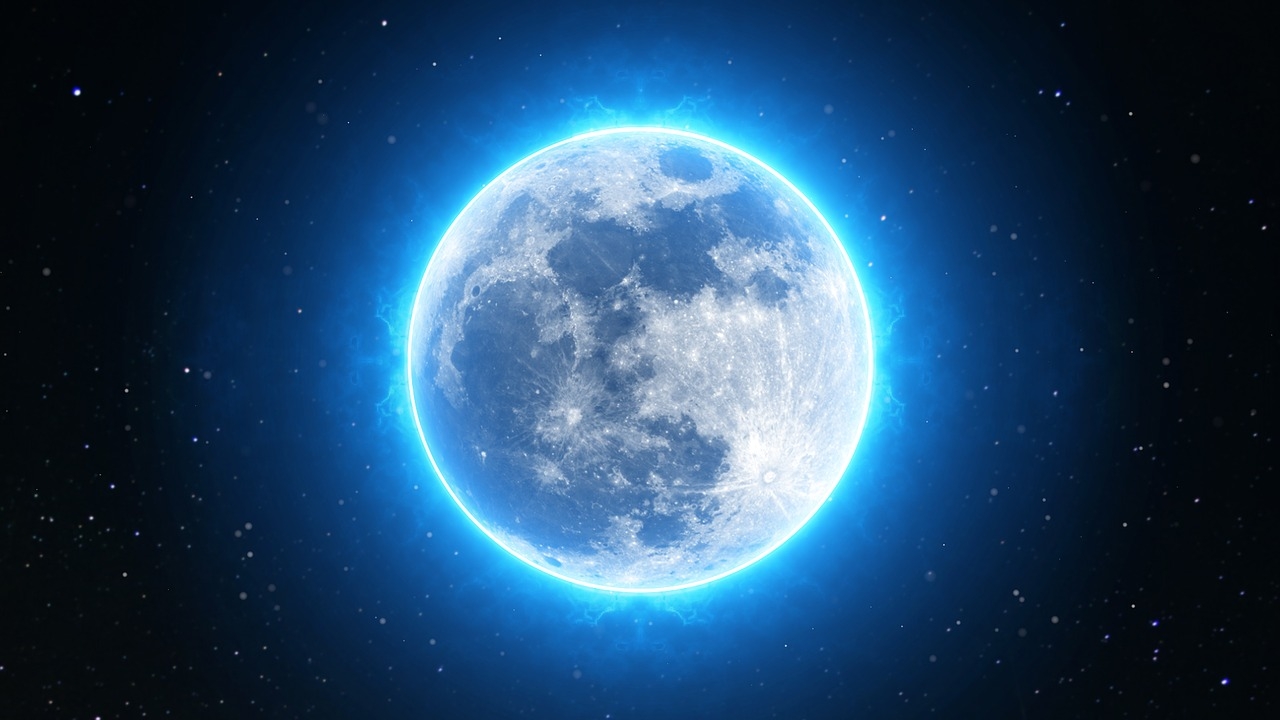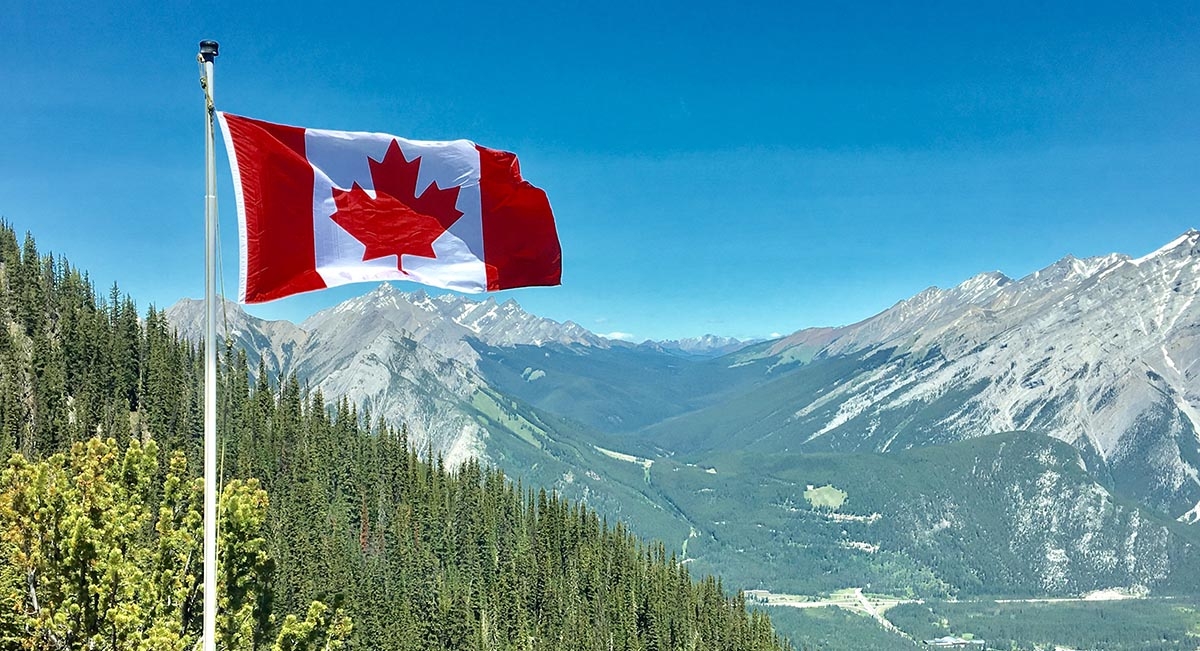
All You Need to Know About the Beaver Moon
If you’re an astronomy enthusiast, or just a night owl looking for something interesting to do late at night, take the chance to take in November’s full moon, known as the Beaver Moon! The full moon will crest at approximately 1:23 AM EST tomorrow morning, November 4th. This means this will be when it is completely “full” and at its brightest. To celebrate the full moon, here’s all you need to know about it–from the science behind it to how it got its peculiar name.
The Science Behind a Full Moon
Full moons are a natural occurrence of great popularity, holding spiritual significance across many cultures and religions throughout the world. Not to mention, they’re just gorgeous to look at. Along with the spiritual connotations of a full moon, the science behind this phenomena is also quite interesting. Simply put, the full moon is just one of the many phases the moon goes through in a 29-day cycle. The different phases of the moon, which are caused by the way sunlight is hitting the moon as it and the sun orbits around Earth, all give the moon a different appearance which is why people are so fascinated with them and give symbolic meaning to each phase. The four distinct phases are New Moon, First Quarter, Full Moon and Last Quarter. During a full moon, the side of the moon facing Earth is fully illuminated by sunlight so that it is completely visible and bright.
 Why “Beaver Moon?”
Why “Beaver Moon?”
The names of the monthly full moons are derived from the indigenous groups that lived on this land for years before European settlers arrived. Full moons hold not only spiritual significance for indigenous people, but also was their means of tracking time and marking the start and end of specific hunting and crop seasons. According to the Old Farmers' Almanac, the name “Beaver Moon,” which is believed to have been derived from the Algonquin, refers to the fact that early November marked the last time beaver traps could be laid out before the swamps froze over. Many beaver traps were set out at this time to ensure enough fur was collected to keep the band warm during the winter. This is also the time of the year beavers are actively preparing for hibernation, so the name can possibly be a reference to that as well. How cool is it that Canada’s adorable national animal has a full moon named in its honour?
The Moon Marks the Beginning of the Cold
While the Algonquin named November’s full moon the Beaver Moon, that's not its only name. Alternatively, it is also often referred to as the Frosty Moon, a name used by various other Native American tribes. The first signs of winter frost often appear around this time, hence the name. It marks a time of year when necessary measures, in relation to hunting, gathering and farming routines, clothing and changes to living spaces, needed to be taken to ensure a healthy and comfortable winter season.
Happy full moon everyone!













